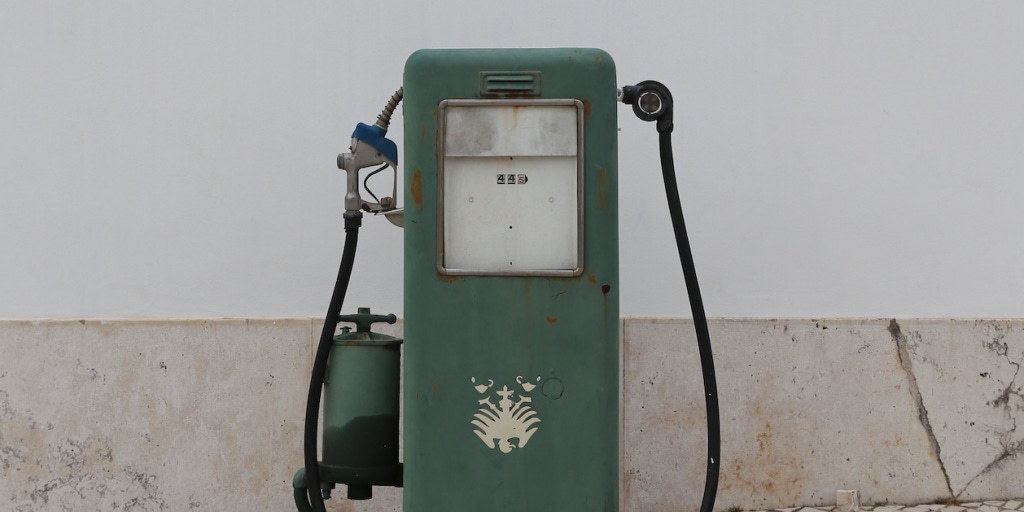Controlling the costs of idling equipmentControlling the costs of idling equipment
March 13, 2020

It is safe to say that every public maintenance group has at least once heard a question (or complaint) centered around idle equipment and inefficient repair operations. Put on the spot, there typically is not much data to empower city managers to investigate the cost of idle equipment. Leveraging insights from EquipmentWatch and CostTrax below, managers can be better equipped to communicate these costs to employees and to stakeholders around their communities.
First, it is important to establish a definition of idling. Idling refers to any period in which a piece of equipment is located on a jobsite and the engine is burning fuel, but no ground-engaging or other mechanical or electrical components are engaged in active and meaningful work. Idling costs are generally calculated by adding fuel cost to ownership costs.
It is critically important in this exploration to understand the difference between idling equipment and equipment on standby. When a machine is on standby, it is located on an active jobsite but neither the engine nor battery are activated. It is therefore not burning any fuel nor is it adding any engine hours or miles to its odometer. There are many ways to estimate standby rates; this analysis leverages the EquipmentWatch methodology.
Managers must understand the difference between these two rates to clearly communicate the impact of idling to their city’s bottom line. When equipment is left idling, ownership and operating costs are being accrued. Operating costs directly impact your operating expenses, while ownership costs include the longer-term capital expenses like depreciation and cost of facilities capital. When a machine is left idling, even though your maintenance team will not assume all the ownership and operating costs associated with a machine at full capacity, the critical factor of fuel burn is still at play.
Subtype | Size Class | Hourly Idling Cost | Hourly Standby Cost | Monthly Idling Cost |
|---|---|---|---|---|
4-Wd Articulated Wheel Loaders (Deere 444k) | 120 – 134 HP | $36.14 | $15.07 | $464 |
Tractor-Loader-Backhoes (Case 590 Super M) | 16′ to Under 17′ | $34.93 | $12.97 | $483 |
Telehandlers (JLG 619A) | 2.2 – 2.7 Mtons | $27.21 | $7.82 | $427 |
Skid Steers (Bobcat S650) | 2501 – 2900 lbs | $28.10 | $7.09 | $462 |
On-Highway Light Duty Trucks (4×4 ¾ 160 Conv DSL) | 100 – 199 HP | $11.05 | $3.77 | $160 |
An example was crafted using five common pieces of site maintenance and repair equipment to demonstrate how idling even only one hour a day can add up over the course of a month. The cost table above uses common models representing some of the most popular size classes to determine all the ownership and operating cost. The ownership costs include depreciation, cost of facilities capital (CFC), indirect costs, overhaul labor, and overhaul parts. Fuel is the only operating cost associated with idling. The monthly idling cost associated with all five models is almost $2,000 for just those five machines, assuming an hour of idling per day.
According to the Federal Highway Administration (FHWA) standard, there are 176 total possible working hours in a month. Assuming an eight-hour workday, 176 working hours per month translates to five-and-a-half working days per week, 22 working days per month. After an hourly idling rate is determined, managers can multiply that cost by the five-and-a-half days per week to get a weekly idling cost. From there, they can multiply the weekly idling cost by four (weeks per month) to calculate the monthly idling cost. Lastly, take the calculated monthly idling cost and multiply it by 12 to determine annual idling costs.
Now that the calculations are clear, savvy managers are probably already thinking about how to communicate bottom-line savings from minimizing idling time. Reducing equipment idling from an average of one hour a day to 15 minutes a day for the group above is the equivalent of banking $18,000 over the course of a year, for just those five machines. For large and active public fleets with dozens to hundreds of daily active assets (including work trucks), the benefits could range into the hundreds of thousands of dollars per year. Additionally, not only will reducing idling save immediate operating expenses like fuel and lubricants, it will also increase the economic life of equipment which will give added usage and cost your city less in repair parts and labor in the long run.
It’s important to understand the impact of idling because in any government operation, what gets measured gets managed. It’s vital to measure these costs to get a better understanding of how much idling equipment is costing your department per year. Once it has been quantified, equipment managers can be empowered to take the necessary steps to cut back on idling costs and increase outcomes across their cities and counties.
Interested in seeing more of these equipment rates and establishing clear internal charge rates and benchmarks for your fleet? Check out equipmentwatch.com or email
[email protected] to learn more.
Concerned about overpayment on idling equipment for maintenance and repair projects that have been contracted out? Check out CostTrax, a time-and-materials billing solution with standard FHWA rates for active and standby equipment built in. See more at costrax.com or email [email protected] using the promo code ACCCTX2020 before May 30 to receive a 40 percent discount on a subscription.







